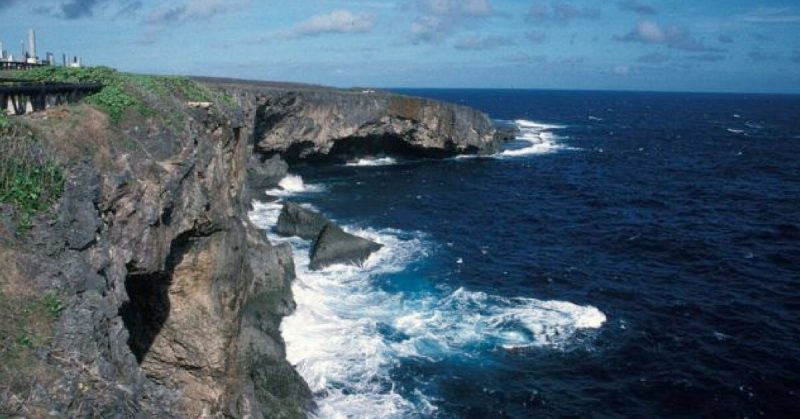Banzai Cliff, also known as Suicide Cliff, was the site of a massive group suicide which took place during World War II. Located on the north side of Saipan Island at the edge of the Pacific Ocean, it is important to understand why such a tragedy occurred and to take a look at the battle which caused it.
The Battle of Saipan
The Battle of Saipan lasted from June through July 1944 and was part of the Pacific campaign. In the months leading up to the conflict, Allied forces had managed to capture many other Pacific islands. At this point in time, the Japanese still held the Philippines, Palau Islands, Caroline Islands and the Mariana Islands.
Saipan Island is part of The Marianas. The U.S. goal was to bypass the Carolines and Palau Islands, and go straight to the Mariana Islands and then on to Taiwan.
This strategy would hopefully take the Japanese by surprise. They would expect an attack on the Carolines first, as they lie on the perimeter of this group of islands.
The initial assault on Saipan began with the U.S. attacking from the sea. There were 15 battleships with 165,000 shells fired. The shore landings began several days later, and 8,000 Marines embarked on the west coast, with 11 ships backing them.
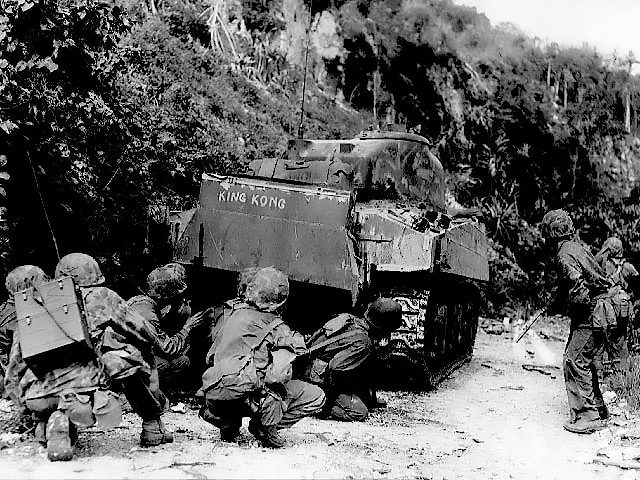
Though surprised, the Japanese were hoping to kill as many Americans as possible. They had barbed wire blockades, trenches, and machine gun emplacements. However, the Americans continued to advance, eventually overtaking the airstrip which is now Saipan International Airport.
Battle of the Philippine Sea
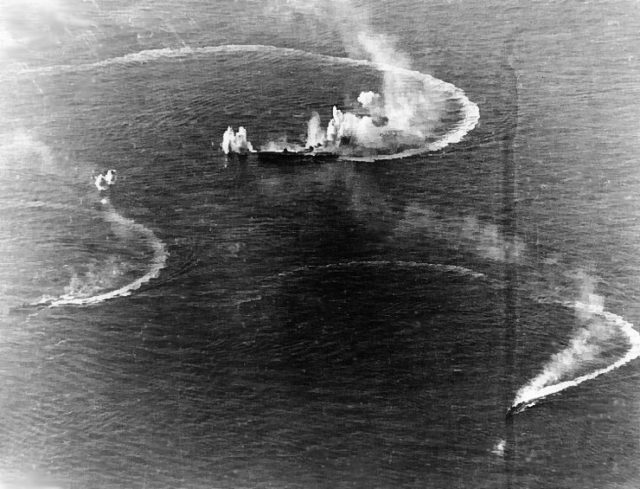
At the same time, there was also the Battle of the Philippine Sea which occurred when the Japanese Navy attacked the American ships. However, it ended badly for the Japanese by eliminating their ability to engage in large-scale attacks. It was the last carrier-vs-carrier conflict between the Japanese and the Americans.
Air conflict also occurred during the battle, but the Americans destroyed the Japanese efforts causing it to be called the Great Marianas Turkey Shoot. As one pilot said, “Why, hell, it was just like an old-time turkey shoot down home!”
It was becoming apparent the Japanese were most certainly going to lose, with no hope of success. However, they were determined. The Japanese troops stood firm in the mountainous, difficult terrain in the center of the island. Much of the fighting occurred at night, with the Japanese hiding in the area’s many caves during the day.
Eventually, the U.S. troops did develop a method to clear the caves, using flamethrowers. While one U.S. battalion held the front lines, two others flanked the Japanese troops, essentially providing no way out.
Banzai Charge
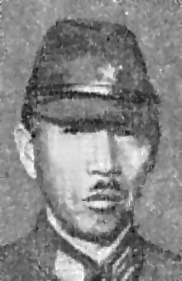
The Japanese Lieutenant General Yoshitsugu Saito planned a banzai charge. This was the name Americans gave to the battle cry the Japanese would give when conducting an attack – Tennoheika Banzai, or Long live the Emperor. Banzai charges were large human wave attacks, with as many men as possible descending on the opposing force, hoping to cause confusion and possibly retreat.
However, it is considered suicidal, due to the accompanying high mortality rate, which, to the Japanese, was very much preferable to capture. So the remaining Japanese troops, about 3,000 men, conducted the charge. Those who did not die in the battle, met their fate at Banzai Cliff (though Lieutenant General Saito did commit suicide separately in a nearby cave).
In total, about 30,000 Japanese men and 8,000 soldiers and civilians died on the cliff. Some say entire families (as the island was dense with civilians who additionally feared U.S. capture) jumped to their deaths.
The Japanese were doing anything to avoid capture by the U.S. troops. They expected to receive high honors for it, with some even today calling their actions respectable and worthy of pride.
Japanese propaganda frequently spread information about the horrors Americans inflicted on those they captured, from rape to eating prisoners alive.
Some U.S. soldiers did attempt to persuade both Japanese soldiers and civilians to refrain from jumping. They tried to explain that if captured, they could be assured of their return to Japan at the end of the war.
However, this was typically not successful. The spot is now a pilgrimage destination for Japanese tourists. The area is also listed as a U.S. National Historic Place.
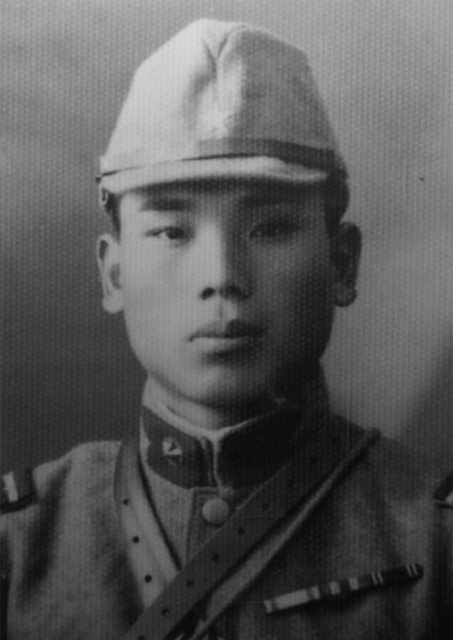
After the initial mass suicide, small pockets of Japanese resistance still existed on the island. The Marines continued to seek them out.
In fact, a group led by Captain Sakae Oba held out for over a year and was not captured until three months after Japan officially surrendered. Captain Oba was the subject of the 2011 film, Oba: The Last Samurai. The battle was considered a significant win for the Americans and a substantial loss for the Japanese.
In the aftermath, Japanese war reporting changed to reflect the defeat. Up until Saipan, Japanese war reporters focused on the high morale of the Japanese troops and how they continued to inflict enormous American casualties.
However, war reporting on the Battle of Saipan grew gradually grimmer, until there was no reporting at all following the massive losses.
Eventually, an entirely accurate account of the Battle of Saipan was released to the people. Covering all the gory details, from the banzai charges to the mass suicide, Japanese opinion plummeted.
